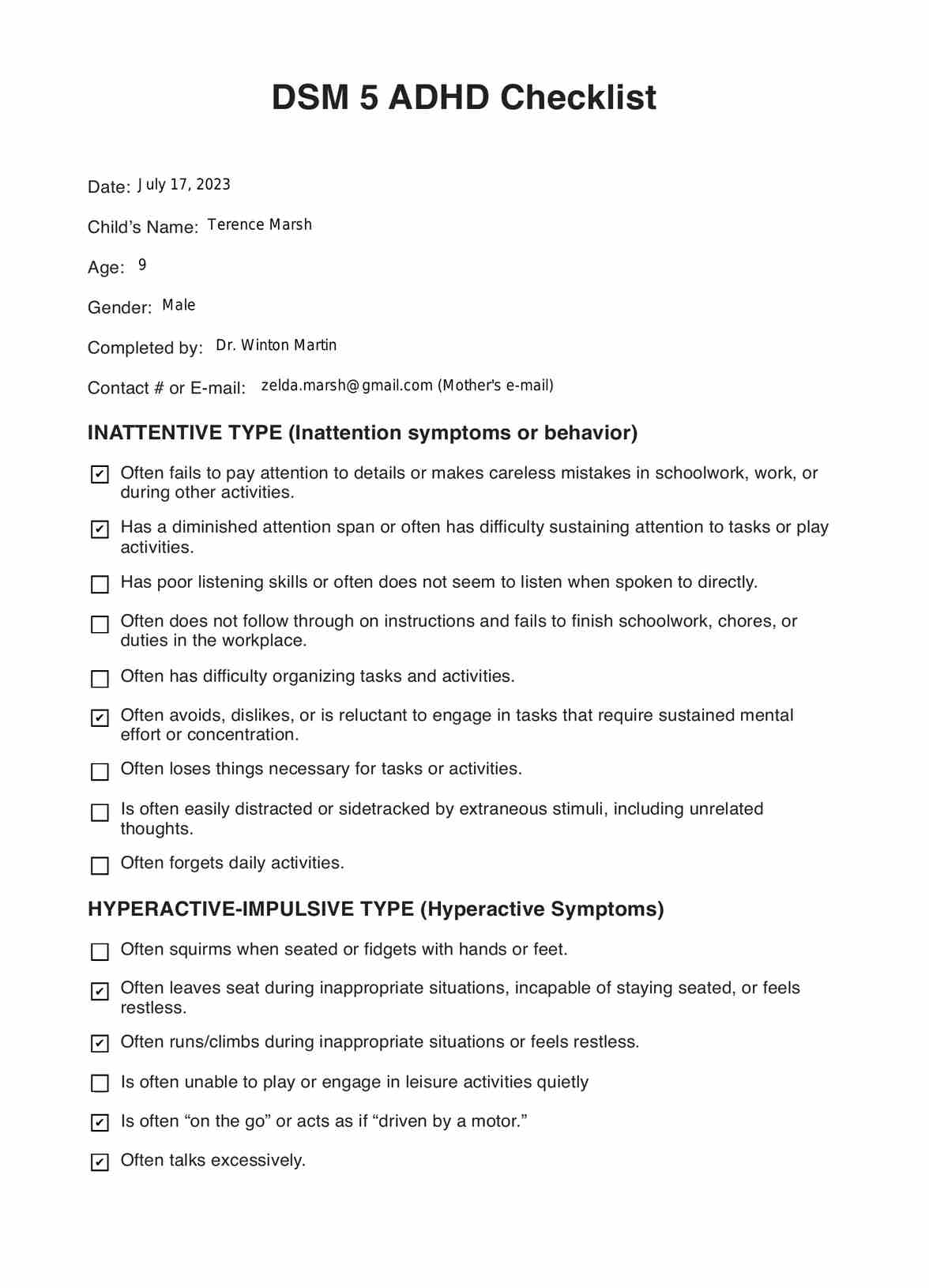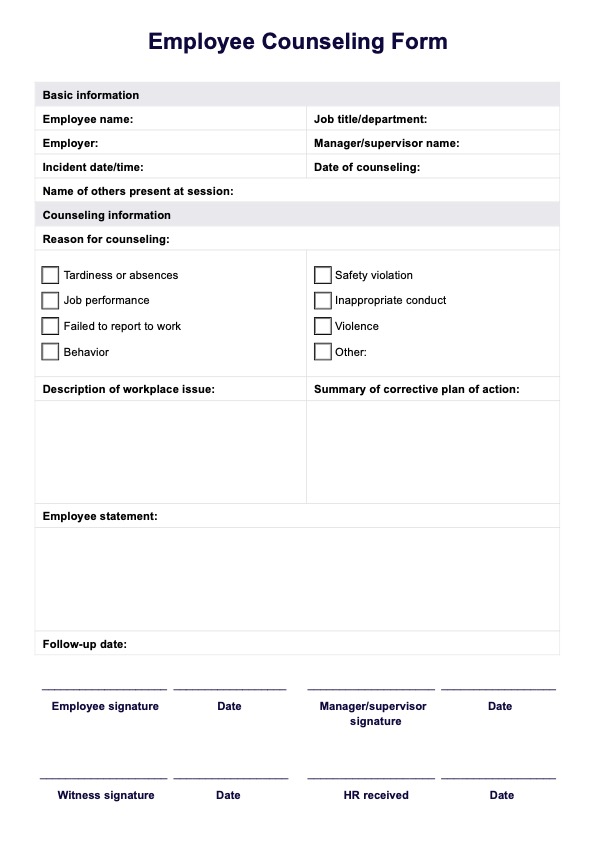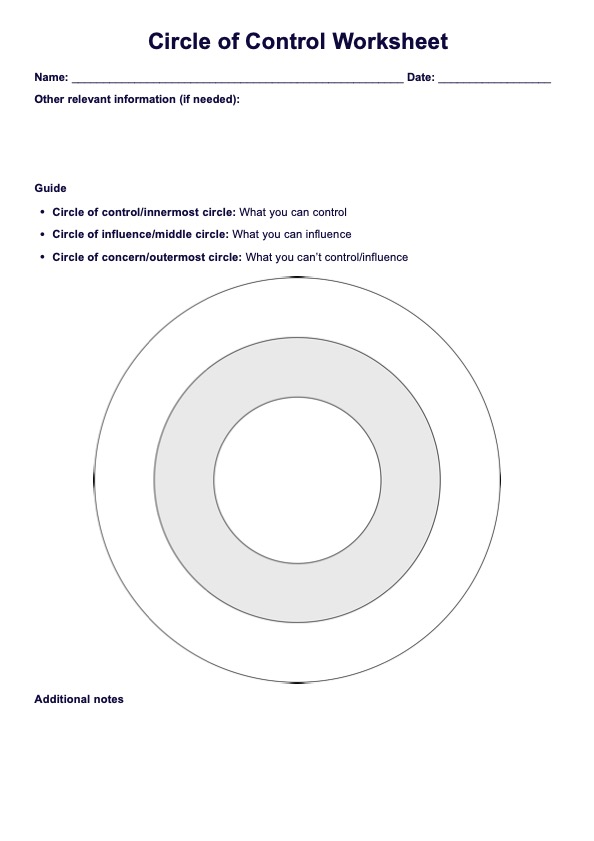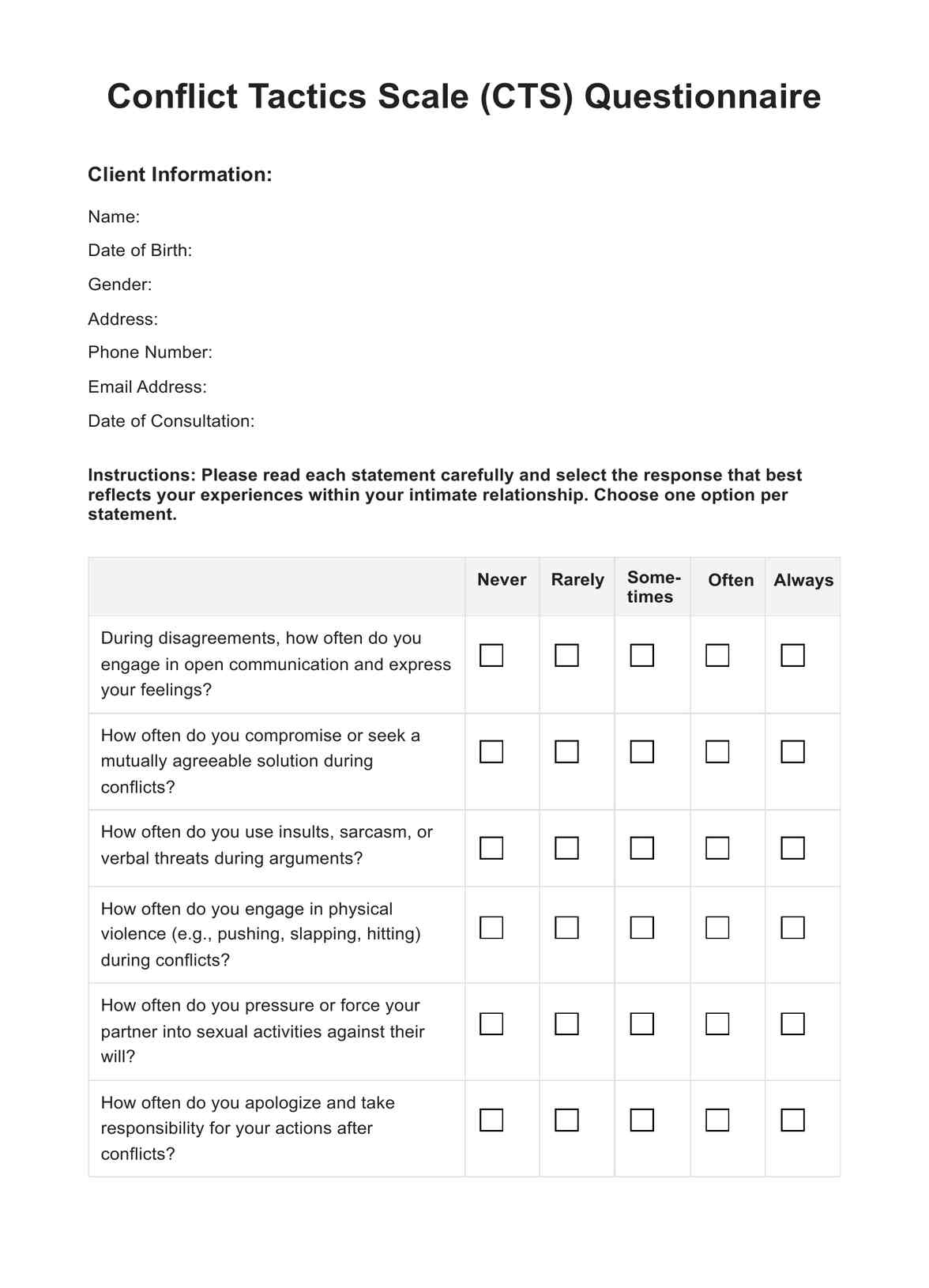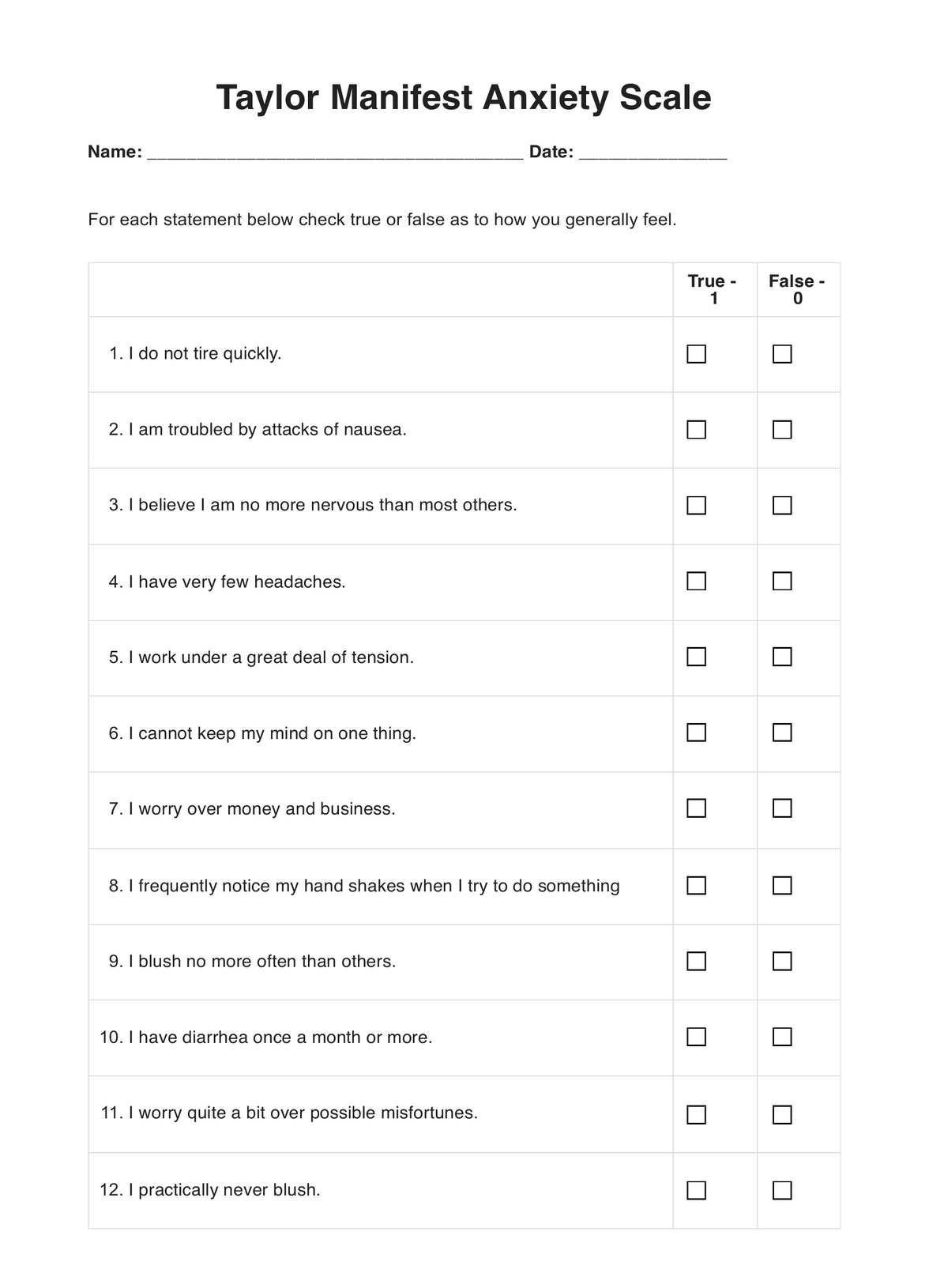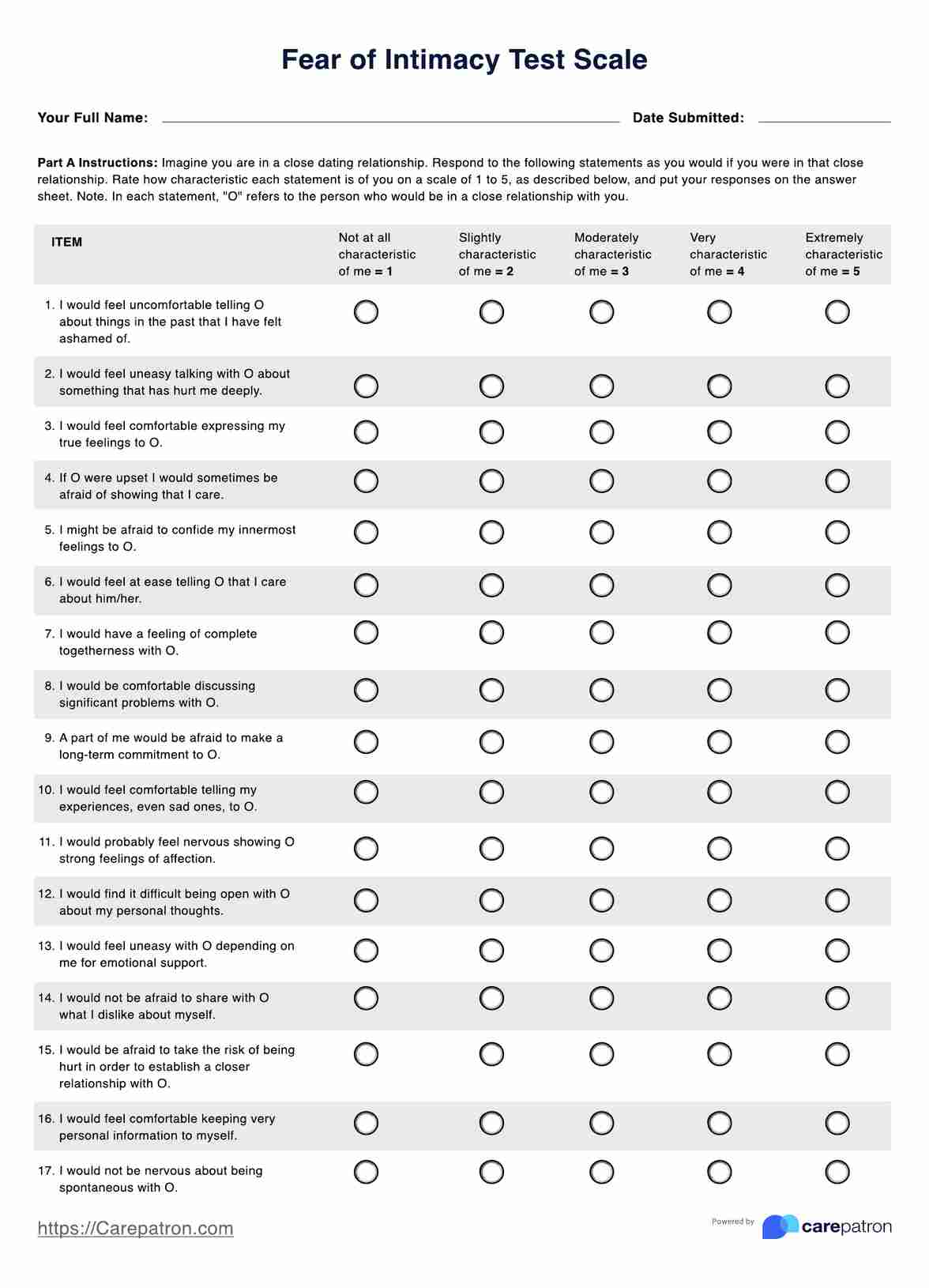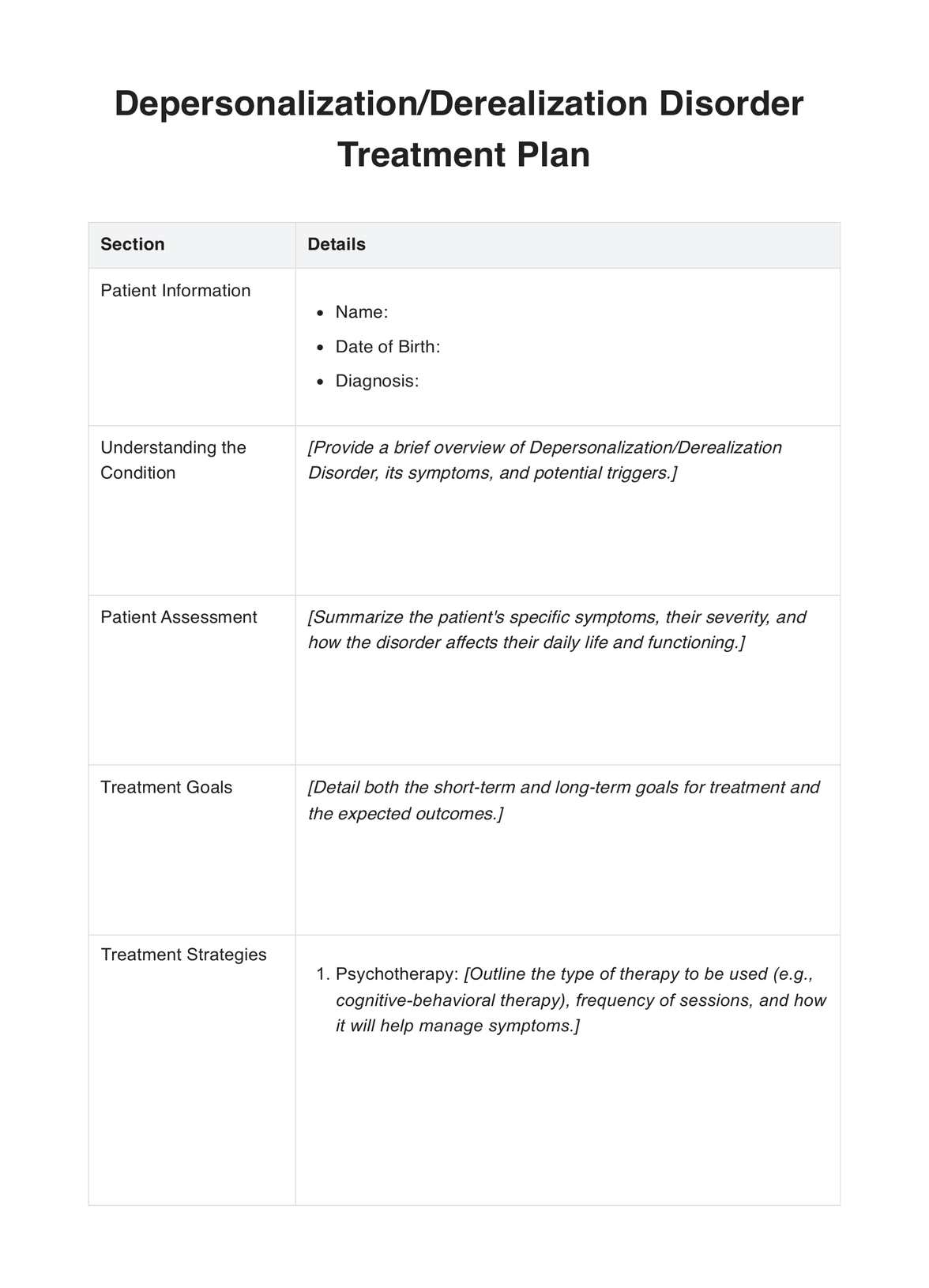How You Manage Your Intrusive Thoughts PTSD Worksheet
Discover how the How You Manage Your Intrusive Thoughts PTSD Worksheet effectively helps individuals cope with PTSD-related intrusive thoughts.


What is Trauma and PTSD?
Trauma is the emotional and psychological response triggered by a distressing event that overwhelms a person's ability to cope effectively. These events encompass many experiences, such as accidents, natural disasters, physical or sexual assault, combat, or witnessing a traumatic incident. Trauma can have profound and enduring effects on an individual's mental and emotional state, disrupting their sense of security and stability.
Post-Traumatic Stress Disorder (PTSD) is a mental health condition that can develop following exposure to traumatic events. PTSD is characterized by symptoms that persist long after the traumatic incident. Some key features of PTSD include:
- Intrusive Thoughts: A defining aspect of PTSD is the presence of intrusive thoughts or memories linked to the traumatic event. These thoughts can be distressing and manifest as flashbacks, nightmares, or persistent, painful thoughts that intrude upon daily life. Intrusive thoughts often lead to heightened anxiety and emotional distress.
- Avoidance: Individuals with PTSD often go to great lengths to avoid situations, people, or places that serve as reminders of the trauma. Such avoidance behaviors can significantly hinder their ability to lead an everyday life and engage in regular activities.
- Hyperarousal: People with PTSD frequently experience heightened arousal, characterized by irritability, sleep disturbances, and an exaggerated startle response. They may constantly feel on edge, as though danger is always present.
- Negative Changes in Mood and Cognition: PTSD can lead to persistent negative changes in a person's mood, thoughts, and beliefs. This may involve guilt or shame, distorted self-perceptions, and a sense of detachment from others.
is debilitating, affecting relationships, work, and well-being. Effective treatments, including therapy and medication, are available. Early intervention and support are crucial for regaining control over emotional well-being.
How You Manage Your Intrusive Thoughts PTSD Worksheet Template
How You Manage Your Intrusive Thoughts PTSD Worksheet Example
How to use the How You Manage Your Intrusive Thoughts PTSD Worksheet
Step 1: Self-Reflection
Begin by setting aside a quiet and focused time for self-reflection. Acknowledge that intrusive thoughts are a common symptom of PTSD and that it's essential to address them.
Step 2: Worksheet Access
Access the How You Manage Your Intrusive Thoughts PTSD Worksheet in print or digitally. You can often find this worksheet on therapy or mental health resource websites, including in Carepatron's resource library.
Step 3: Identify Triggers
In the worksheet, start by identifying the specific triggers or situations that tend to elicit intrusive thoughts. This could be related to past traumatic events or conditions that make you feel unsafe.
Step 4: Describe Intrusive Thoughts
Write down the nature of your intrusive thoughts. Be as specific as possible in describing what thoughts or memories come to mind, how they make you feel, and how frequently they occur.
Step 5: Emotions and Reactions
Explore your emotional responses and reactions to these intrusive thoughts. Record how they affect your mood, behavior, and overall well-being.
Step 6: Coping Mechanisms
Identify and list the coping mechanisms or strategies you currently use to manage intrusive thoughts. This could include avoidance, deep breathing, distraction techniques, or talking to a therapist.
Step 7: Evaluate Effectiveness
Assess the effectiveness of your current coping mechanisms. Are they helping you manage intrusive thoughts, or do they need adjustment or improvement?
Step 8: Explore New Strategies
Consider new coping strategies or techniques that you haven't tried before. These include mindfulness, cognitive-behavioral techniques, or seeking professional help.
Step 9: Set Goals
Based on your self-reflection and assessment, set realistic goals for managing intrusive thoughts more effectively. These goals should be specific, measurable, and time-bound.
Step 10: Regular Review
Use the worksheet as a tool for ongoing self-monitoring and progress evaluation. Regularly revisit your goals and update your strategies as needed.
When would you use this How You Manage Your Intrusive Thoughts PTSD Worksheet?
The How You Manage Your Intrusive Thoughts PTSD Worksheet is a versatile tool that can be beneficial in various scenarios for individuals with Post-Traumatic Stress Disorder (PTSD) and the healthcare professionals who work with them.
- Individual Self-Help: Individuals with PTSD can use this worksheet during self-reflection and self-guided therapy sessions. It's beneficial when they want to understand their intrusive thoughts, track their progress in managing them, and develop more effective coping strategies. It can be employed as part of a personal therapy journal to promote ongoing self-improvement.
- Therapy Sessions: Mental health professionals, such as therapists, counselors, and psychologists, can integrate this worksheet into their therapy sessions with patients who have PTSD. It becomes a structured tool for assessing and addressing intrusive thoughts, allowing therapists to tailor treatment plans and monitor their clients' progress.
- Support Groups: Support groups for individuals with PTSD can use this worksheet to facilitate discussions and provide participants with a structured framework for sharing their experiences and coping strategies. It fosters a sense of community and shared learning.
- Treatment Planning: Psychiatrists and medical doctors in an individual's PTSD treatment team can utilize this worksheet to gain insights into their patients' experiences and better inform medication and treatment planning decisions.
- Rehabilitation and Recovery Programs: This worksheet can assess progress and promote accountability in managing intrusive thoughts in rehabilitation and recovery programs for trauma survivors.
- Research and Evaluation: Researchers in the field of PTSD can use this worksheet to collect valuable data on how individuals manage intrusive thoughts. This can contribute to the development of more effective treatments and interventions for PTSD.
What are the benefits of using this How You Manage Your Intrusive Thoughts PTSD Worksheet?
1. Enhanced Self-Awareness
This worksheet promotes self-reflection, helping individuals with PTSD understand their intrusive thoughts. Users become more self-aware regarding their trauma-related symptoms by identifying triggers, describing thoughts, and assessing emotional responses.
2. Tailored Coping Strategies
Users can pinpoint their coping mechanisms through the worksheet and evaluate their effectiveness. This self-assessment empowers individuals to adapt or develop new strategies that suit their needs and circumstances.
3. Progress Tracking
Regularly using the worksheet allows individuals to track their progress over time. This helps them gauge the effectiveness of their coping strategies, providing a sense of achievement and motivation for continued growth.
4. Facilitated Communication
The worksheet serves as a communication tool for healthcare professionals in therapy sessions. It encourages open and structured discussions about intrusive thoughts, fostering better therapeutic relationships and allowing professionals to tailor treatment plans more effectively.
5. Evidence-Based Practice
Research has shown that structured worksheets like this can improve mental health treatment outcomes. A study published in the Journal of Traumatic Stress (2019) found that self-monitoring tools, including worksheets, can enhance the management of PTSD symptoms, supporting evidence-based practice.
6. Peer Support and Validation
In group settings or support groups, individuals can use this worksheet to share their experiences with others facing similar challenges. It promotes peer support, validation, and the exchange of coping strategies, contributing to a sense of community and shared learning.
The How You Manage Your Intrusive Thoughts PTSD Worksheet offers a range of benefits for individuals and healthcare professionals involved in PTSD treatment and support. It facilitates self-awareness, empowers users to adapt coping strategies, tracks progress, enhances communication in therapy, aligns with evidence-based practice, and fosters peer support. These advantages make it a valuable tool in the journey to manage better intrusive thoughts associated with PTSD, and the fact that it is free makes it an accessible resource for many.
Commonly asked questions
The time to complete the worksheet varies depending on individual reflection and engagement. It can take 30 minutes to an hour or more, allowing users to work at their own pace.
This worksheet aids in understanding and managing intrusive thoughts related to PTSD by providing a structured framework for self-reflection, goal setting, and developing coping strategies.
It is best used when individuals with PTSD want to gain insight into their intrusive thoughts, track progress, or discuss them in therapy. It's also valuable for healthcare professionals in therapy sessions or support groups.
The worksheet is designed for individuals dealing with PTSD. Still, it's also a valuable tool for therapists, counselors, support groups, and healthcare professionals working with PTSD patients to facilitate discussions and treatment planning.


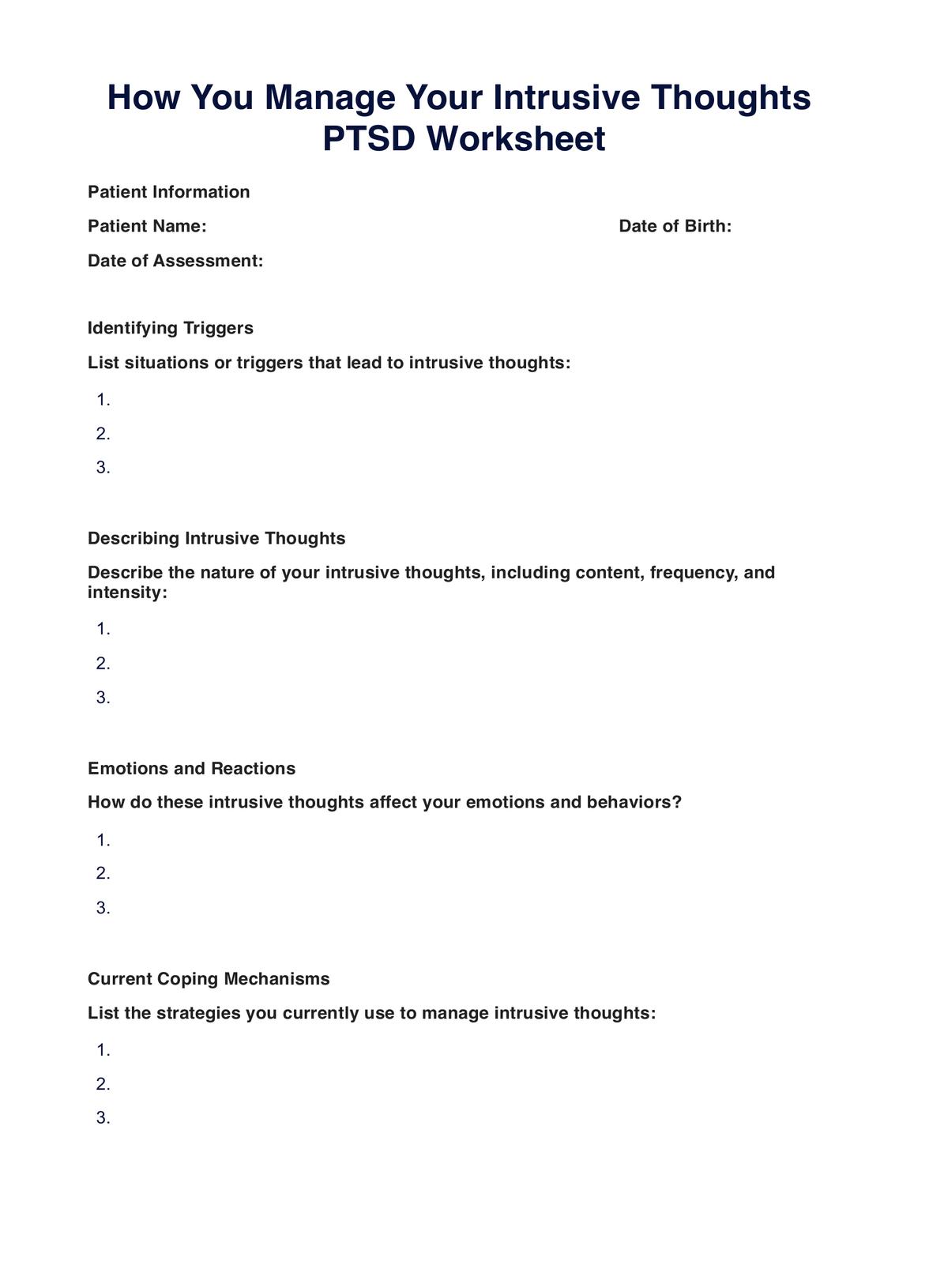
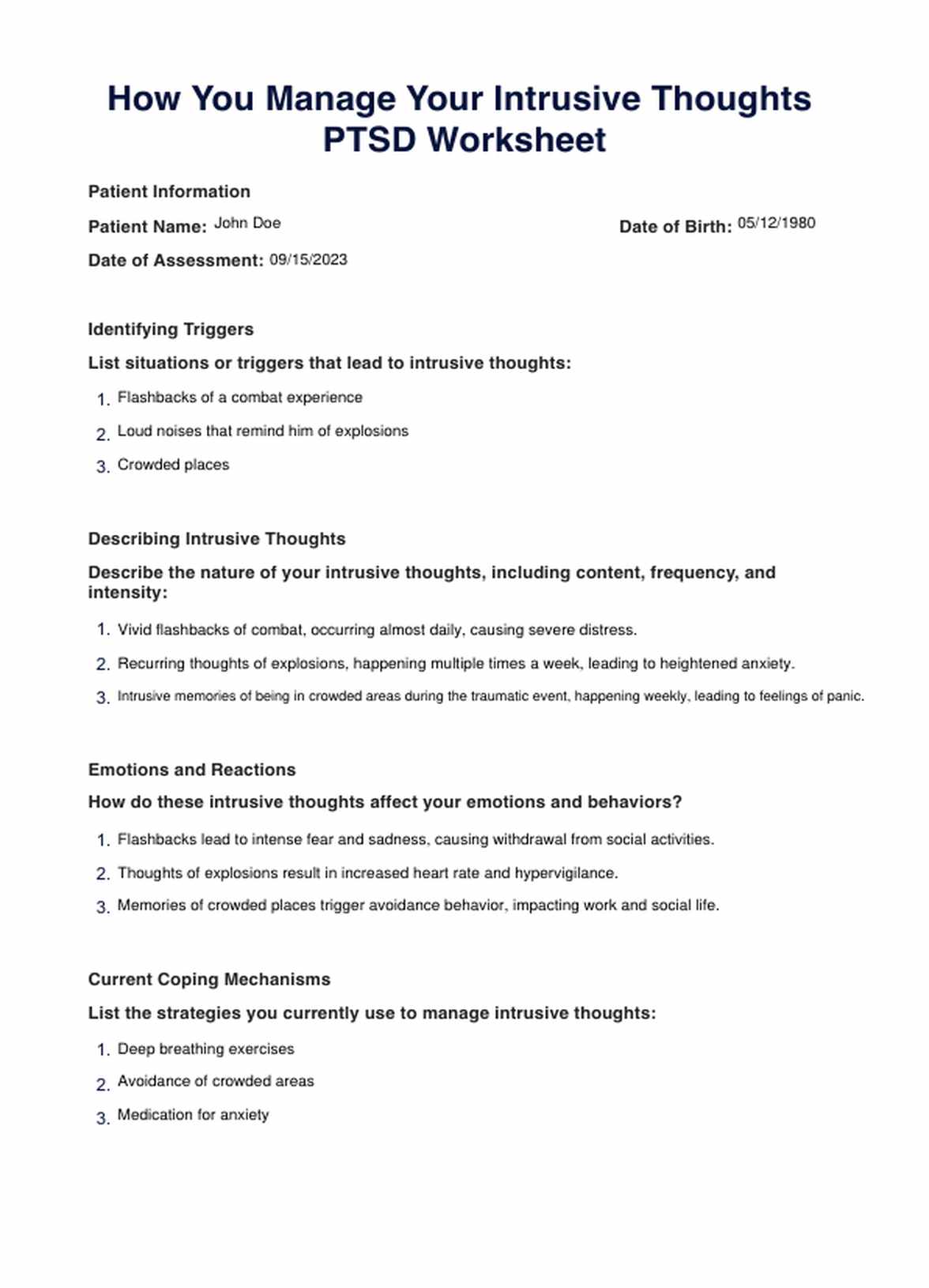

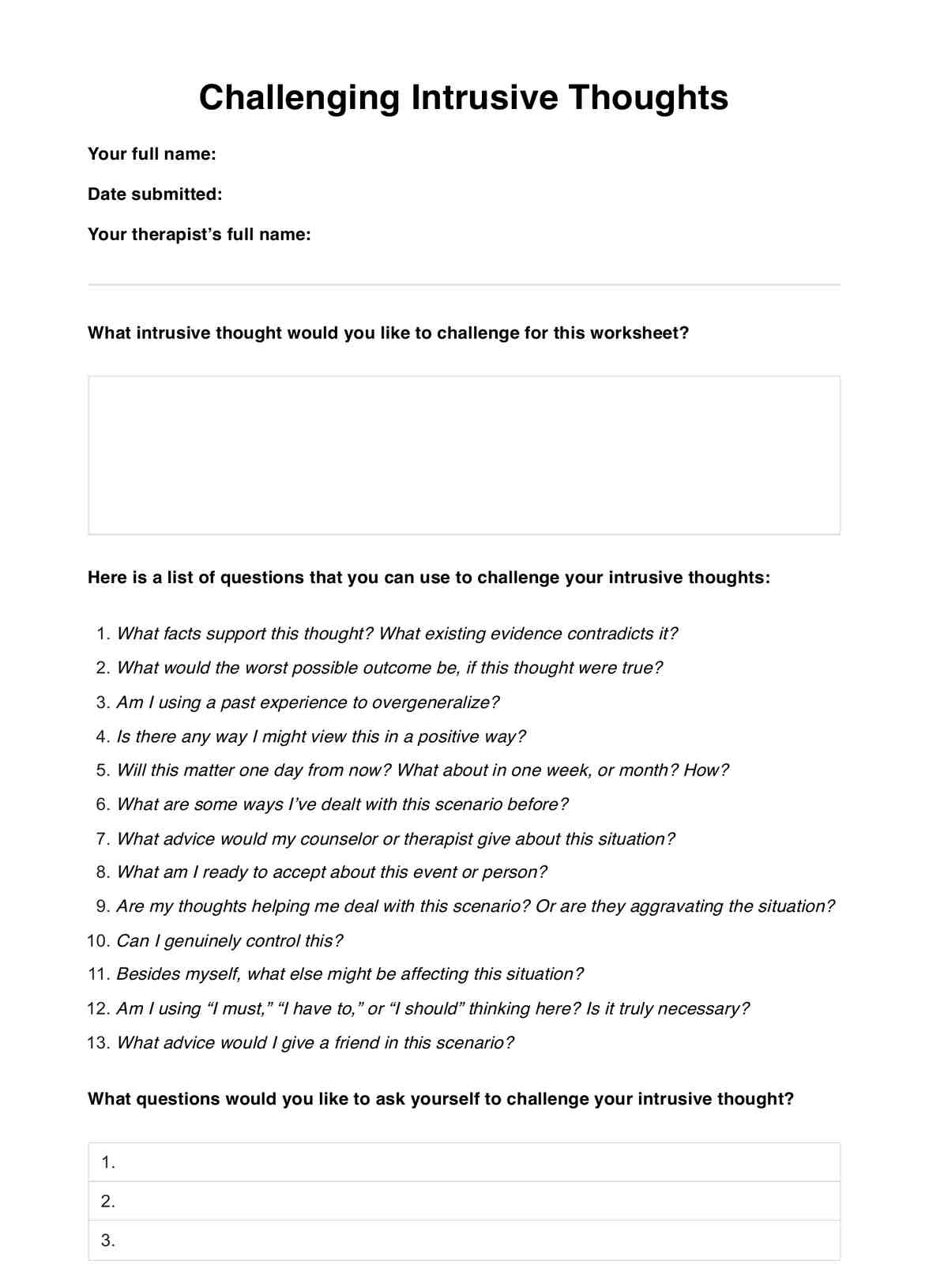















-template.jpg)




















































































